Our journalists' stories
Young journalists spend their days reporting on the housing crisis. They also live it.
Subscribe now for unlimited access.
$0/
(min cost $0)
or signup to continue reading
In his patch of regional NSW, Angus Michie lives and breathes the Hunter town of Dungog, a place he now calls home.
The only local journalist for the Dungog Chronicle, he covers business, council, residents and, increasingly, the cost of living crisis.
It's not just something he writes about - it's something the 22-year-old experienced first-hand.
"It was painful; it sucked," Mr Michie says. "I was looking for four or five months. Everywhere available was like a full proper house, when I just needed maybe one bedroom."
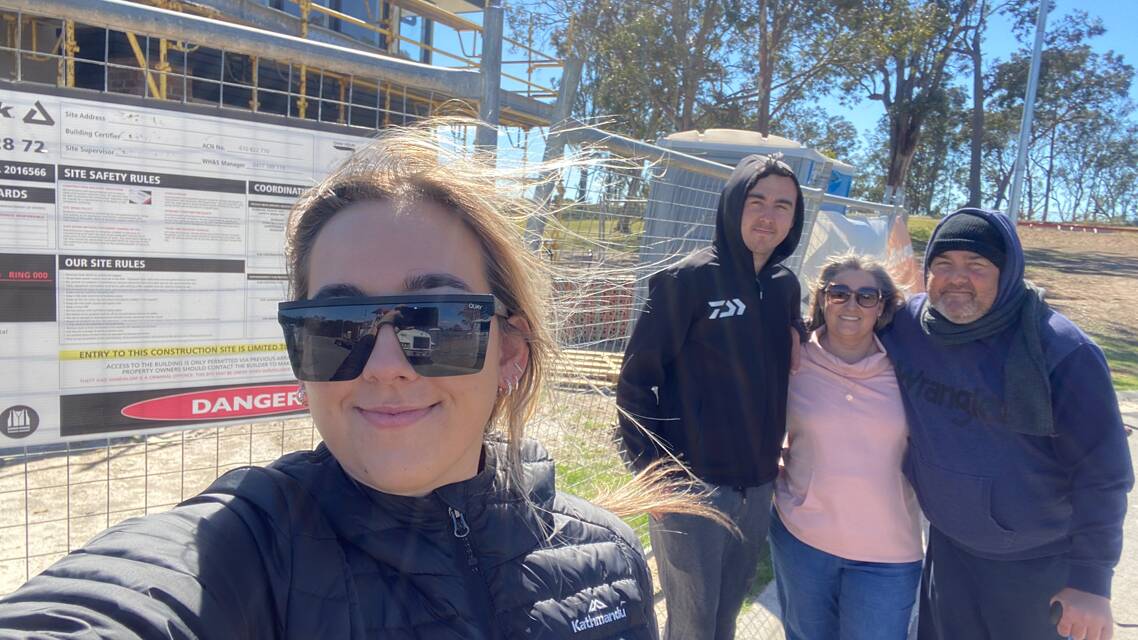
Down in the housing dumps
When Mr Michie took the job, he was thrilled. It was a chance to kick-start his career and cover the big issues outside capital cities.
But for a while the stress and challenge of finding a house dulled that sparkle.
He initially had to work remotely from Sydney and it was only when a Dungog local took pity on him - following numerous trips to the real estate agency - that he secured somewhere to live.
"[A resident] popped his head into the real estate agent and said he was more than happy to put me up below market price because he wanted people in town," Mr Michie says.
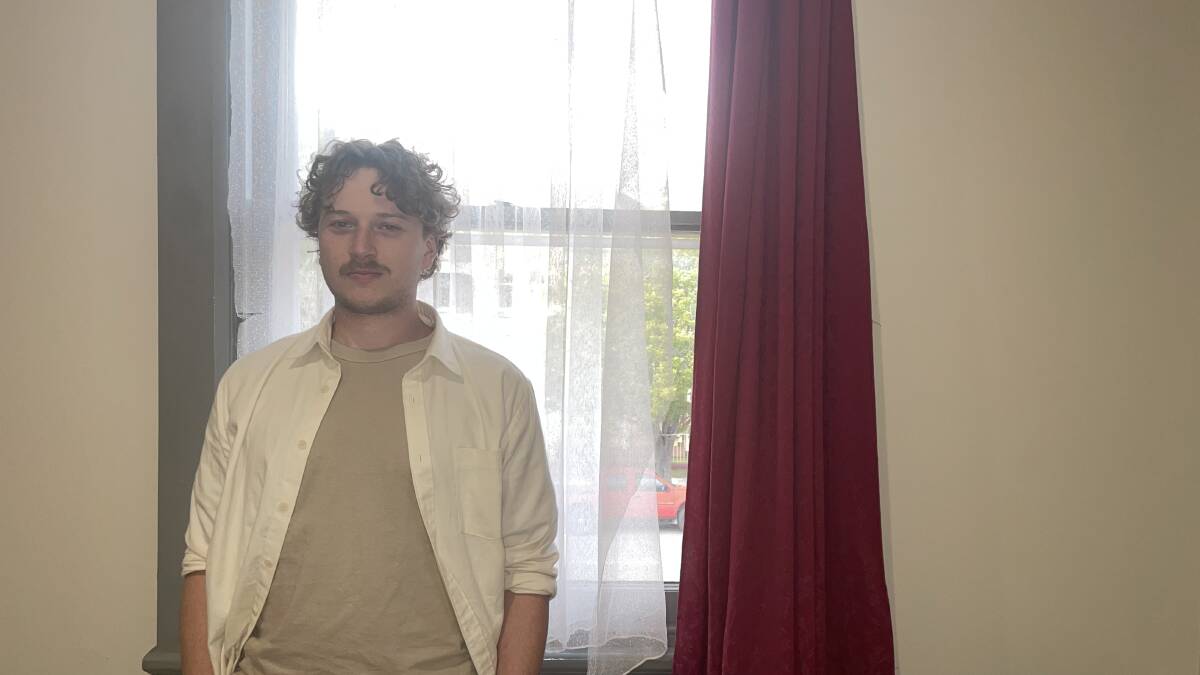
He's conscious many aren't so lucky. The median weekly rental value for the Hunter Valley went from $364 in April 2011 to $517 in the same month in 2022, according to property analyst CoreLogic.
"It got to a point where I was thinking, 'If I have to do it like this, it's just not going to be feasible'. I can't afford to be paying $500 weekly rent.
"It's a big issue and no one has an answer for it."
At the whim of property owners
For Grace Crivellaro, who was a journalist at the NSW South Coast Register and now reports for the Illawarra Mercury in Wollongong, the challenge was finding a stable home when landlords can change the rules on a whim.
In the past 18 months she's been forced to move four times.
The 25-year-old was living and working in Nowra, a township of roughly 22,000 people in the scattered coastal city of Shoalhaven.
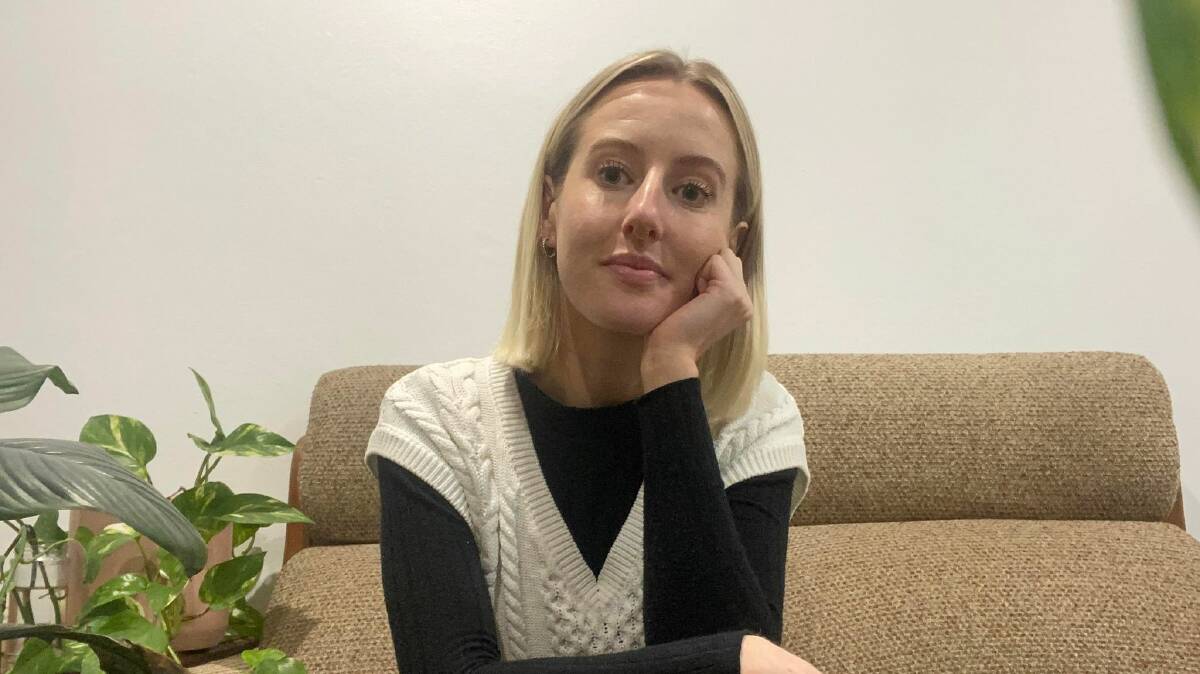
It's a region where housing challenges abound. Up to 800 people locally are sleeping rough with no shelter, in makeshift shelters, or couch surfing, according to Christian charity Salt Ministries.
Recent data from rental review website rentrabbit.com.au shows the South Coast is overrepresented among towns desperate for more affordable properties.
Finding a place to live was a "massive struggle", Ms Crivellaro says, but she managed to nab a two bedroom unit for $200 a week.
After two months the landlords decided to sell and she had to leave.
Faced with short-term leases and a lack of willing housemates on share home sites such as flatmates.com.au, she was forced to rent month-by-month. It wasn't long before the owners - who had been travelling Australia - told Ms Crivellaro they were moving back in.
"The market even since then has gotten so much tighter," she says.
Regional cities at bursting point
Wollongong - less than two hours from Sydney by train and an hour-and-a-half by road - was no better.
In the month of May 2022, the regional city had a residential vacancy rate of 0.8 per cent, according to Real Estate Institute of NSW data.
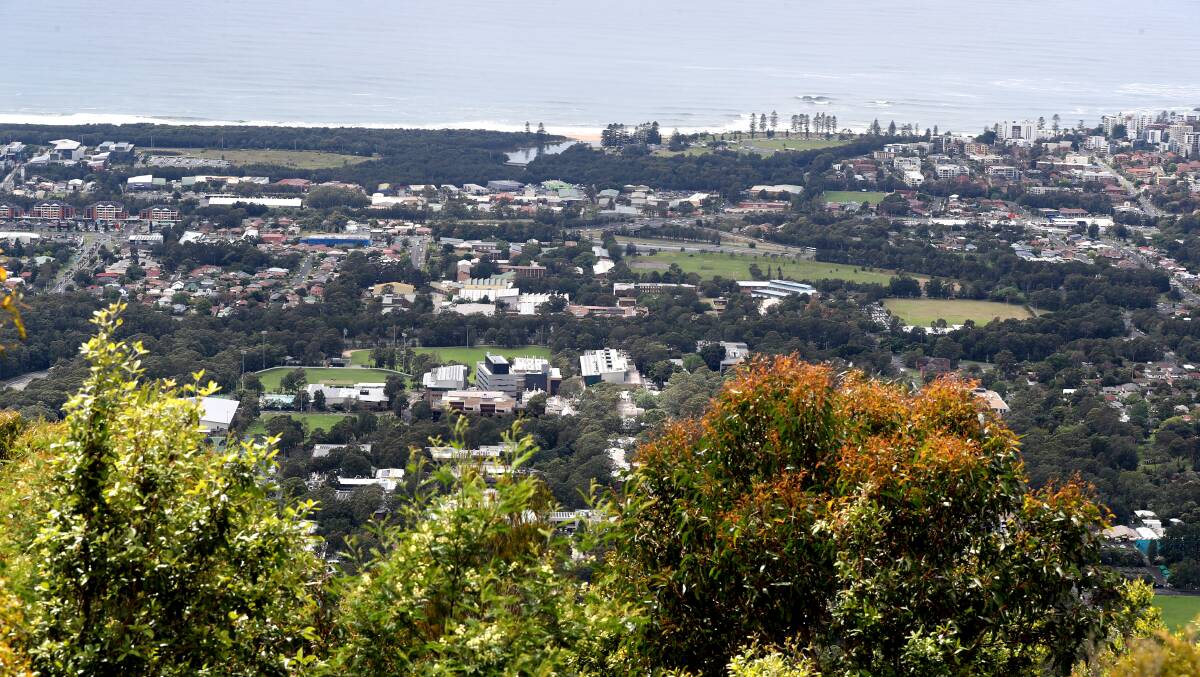
"Being a journalist, part of the job is embedding yourself in the community," Ms Crivellaro says.
"Having to pick up after having had two months of living in one house and then two months in another felt a little unstable; it was hard to settle in."
Single in a town of family homes
A lack of housing diversity in regional Australia also causes headaches for young, single workers.
Mathew Perry, 28, a reporter for the Muswellbrook Chronicle in the NSW Upper Hunter, struggled to find a small home fit for a single person not drawing a miner's wage.
When he finally secured a rental, there was no connection to the National Broadband Network (NBN) - making working a desk job from home tricky.
In Burnie, on the Tasmanian northwest coast, rents are rising and affordable properties are few and far between.
10 homes in six months
The Advocate photographer Rodney Braithwaite is on his tenth address in just over six months - bouncing between house-sitting, couch surfing and sleeping in a tent.
He says it's less painful than going through the rigmarole of trying to secure a pet-friendly rental available at a reasonable price.
"I anticipated, when I got the job, that I'd be straight in," he says. "That it would be a matter of just applying.
"But I soon found out it wasn't that easy."
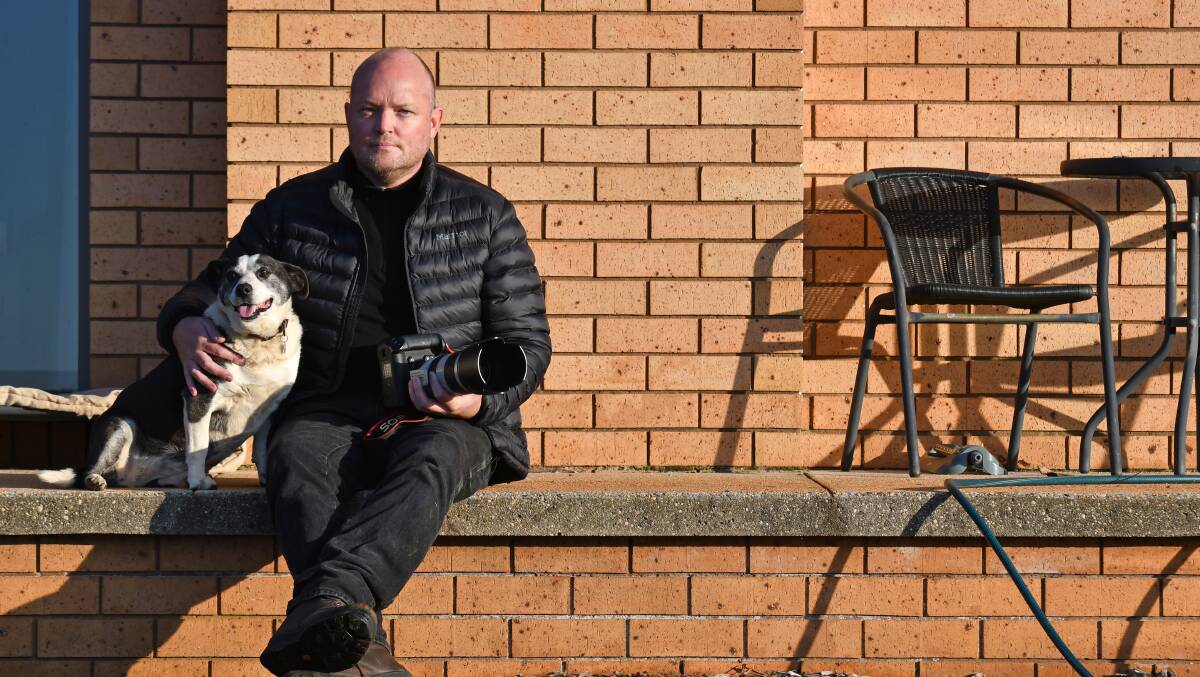
He's not alone. Anglicare Tasmania data released in April shows there are next to no affordable rental properties for Apple Isle residents on the age or disability pension, or Jobseeker.
Only two listed properties were suitable for a single person aged 21 or over on the disability support pension.
Mr Braithwaite is now house-sitting for three months - the longest he'll have stayed in one place since he arrived on the coast.
He says he's fortunate his somewhat nomadic lifestyle is partly a choice, rather than necessity. But it's still a challenge.
"It's too hard," he says. "It was frustrating with the way that the companies treat you. It was robotic and you were more like a number in a computer.
"I was fairly deflated fairly early. The people who I am house-sitting for at the moment, they bought a house in Burnie in 2003, and they rented it out up until a good decade or more. And at times, they literally could not get anybody for it.
"And now of course you're hearing stories of 60-plus [applicants].
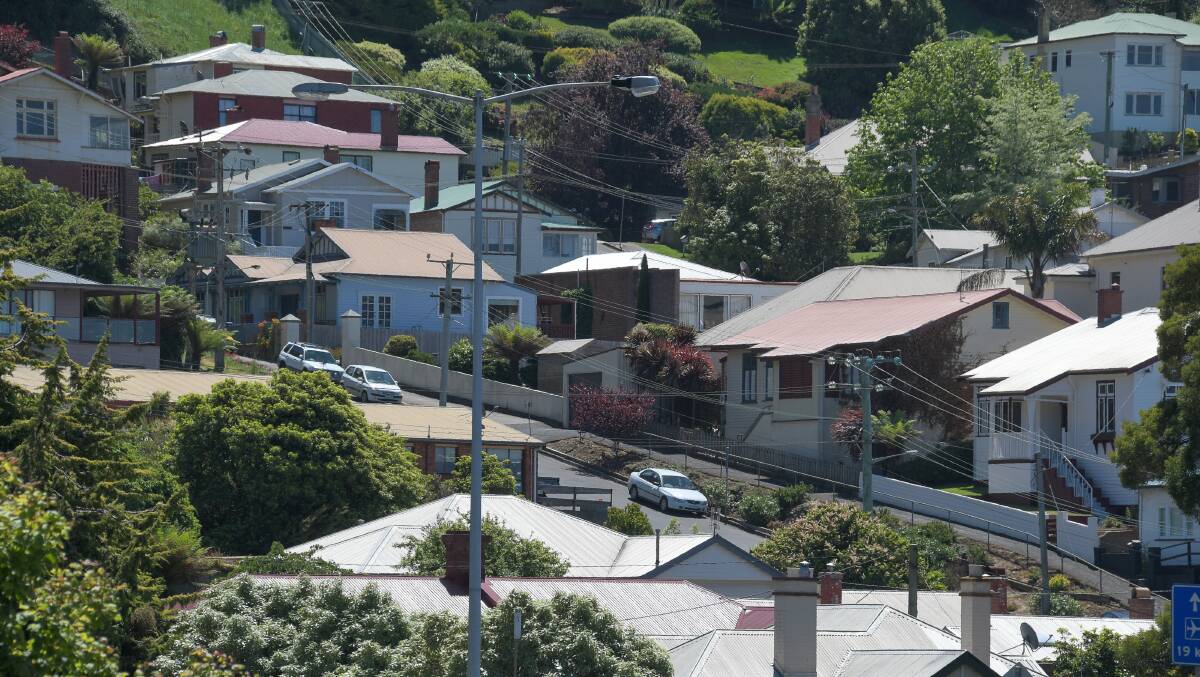
Can't escape struggle town
Youth Network of Tasmania chief executive Tania Hunt says she's "incredibly concerned" the high cost of living in cities like Hobart is spilling into the regions.
"I would say regional Tasmania is quickly catching up," she says.
"[Young Tasmanians are] saying to us, particularly those receiving income support, that they're locked out of the housing market."
Ms Hunt says the high demand for a limited stock of social housing is creating a cycle of hardship that can follow young people through their lives.
"There are significant long-term repercussions. Young people are at an increased risk for housing insecurity and homelessness, and that will have a lasting impact on the trajectory of their lives," she says.
Housing insecurity means young people can't plan, which also affects health and wellbeing.
"In terms of their trajectory, that could influence their educational attainment, their employment outcomes, their physical and mental health and social participation," Ms Hunt says.
A mortgage + two jobs = burn out
Alanna Tomazin, who files stories for three newspapers across the NSW Central West, considers herself one of the lucky ones.
With her brother she secured a mortgage and built a home for the whole family, a big step from the social housing of her childhood in Lithgow west of the Blue Mountains.
She's now able to take some of the stress off her mum and terminally ill father.
But construction costs and mortgage repayments have forced her to take a second job pulling beers at the local pub.
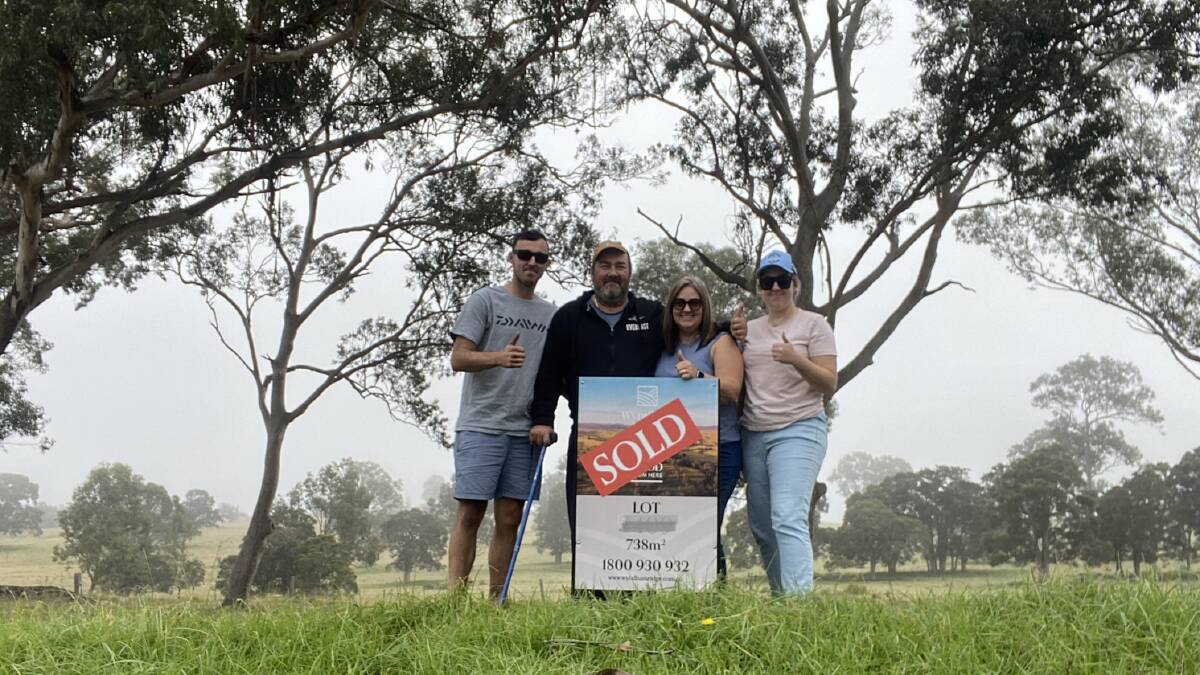
"It's really rewarding to be able to provide for our parents ... with a big, beautiful double-storey home," the 24-year-old says.
"But the challenges of keeping that up ... mean I'm working a second job at the local pub pouring beers. ... [mean] I'm working 8.30 to 5pm all day and then 6 to 9pm four days a week.
"I'm definitely feeling burnt out."
Ms Tomazin says she's always thinking two steps ahead to ensure she has money in the bank for future bills, petrol, groceries - and the mortgage repayments.
"I'm scared of getting swamped, of not having that extra cash.
"I feel like I'm working so much, but not getting ahead."
New crisis, old causes, new ideas
The housing crisis is not new, Keith Jacobs, a researcher at the University of Tasmania's Housing and Community Research Unit, says.
"The idea of a crisis sounds like this is an abnormal situation, which it isn't," he says.
"It's not a crisis; it's a mechanism which has been arranged by banks and government ... [and] is working very successfully for wealthy people."
Mr Jacobs says the "politics of housing" will need to be addressed sooner or later.
"The government will have to do some serious investment into public housing ... and high interest [rates] are going to have a serious impact on housing prices.
"There are so many people already paying huge mortgages. Any increase in interest rates is going to have a huge impact on their capacity to pay that back," he says.

My story: Meg Whitfield
I was overwhelmed when I signed my contract to work as a journalist in Burnie on the northwest coast of Tasmania. I was excited - mentally and physically prepared to move interstate.
But when I went house hunting, there was almost nothing I could afford. I spent the first few weeks living with a coworker and finally found a place through sheer luck, good timing, and the help of a friend-of-a-friend-of-a-friend.
Our editor has had to attend rental inspections on behalf of colleagues, showing up to see dozens doing the same thing. It's stressful and has left me wondering how to make this job work.
These experiences are familiar to many young professionals in regional Australia but, as reporters, it's not often one we get to show our readers we share their struggles.


